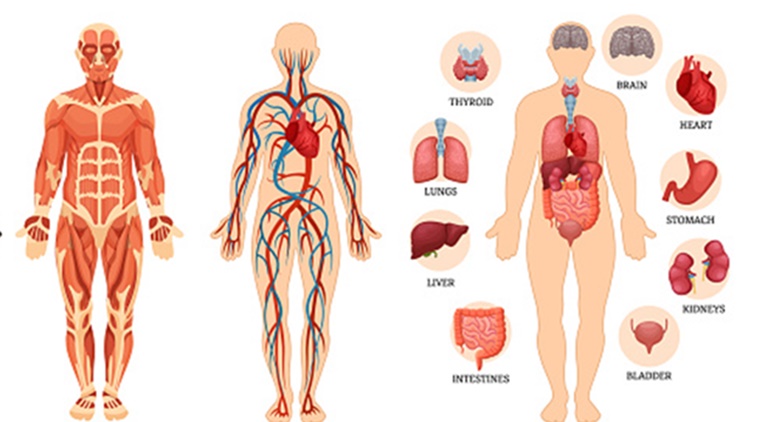Knowledge, Information and Experience
Chairs were in existence since at least the Early Dynastic Period of Egypt (c. 3100 BC). They were covered with cloth or !leather, were made of carved wood, and were much lower than today’s chairs – chair seats were sometimes only 10 inches (25 cm) high. In ancient Egypt chairs appear to have been of great richness and splendor.
One of the basic pieces of furniture, a chair is a type of seat. Its primary features are two pieces of a durable material, attached as back and seat to one another at a 90° or slightly greater angle, with usually the four corners of the horizontal seat attached in turn to four legs—or other parts of the seat’s underside attached to three legs or to a shaft about which a four-arm turnstile on rollers can turn—strong enough to support the weight of a person who sits on the seat (usually wide and broad enough to hold the lower body from the buttocks almost to the knees) and leans against the vertical back (usually high and wide enough to support the back to the shoulder blades).
History:
The chair has been used since antiquity, although for many centuries it was a symbolic article of state and dignity rather than an article for ordinary use. “The chair” is still used as the emblem of authority in the House of Commons in the United Kingdom and Canada, and in many other settings. In keeping with this historical connotation of the “chair” as the symbol of authority, committees, boards of directors, and academic departments all have a ‘chairman’ or ‘chair’.
Materials:
Chairs can be made from wood, metal, or other strong materials, like stone or acrylic. In some cases, multiple materials are used to construct a chair; for example, the legs and frame may be made from metal and the seat and back may be made from plastic. Chairs may have hard surfaces of wood, metal, plastic, or other materials, or some or all of these hard surfaces may be covered with upholstery or padding.
Design and ergonomics:
Chair design considers intended usage, ergonomics (how comfortable it is for the occupant),] as well as non-ergonomic functional requirements such as size, stacking ability, folding ability, weight, durability, stain resistance, and artistic design. Intended usage determines the desired seating position. “Task chairs”, or any chair intended for people to work at a desk or table, including dining chairs, can only recline very slightly; otherwise the occupant is too far away from the desk or table. Dental chairs are necessarily reclined. Easy chairs for watching television or movies are somewhere in between depending on the height of the screen.
Accessories:
In place of a built-in footrest, some chairs come with a matching ottoman. An ottoman is a short stool that is intended to be used as a footrest but can sometimes be used as a stool. If matched to a glider chair, the ottoman may be mounted on swing arms so that the ottoman rocks back and forth with the main glider.
A chair cover is a temporary fabric cover for a side chair. They are typically rented for formal events such as wedding receptions to increase the attractiveness of the chairs and decor. The chair covers may come with decorative chair ties, a ribbon to be tied as a bow behind the chair. Covers for sofas and couches are also available for homes with small children and pets. In the second half of the 20th century, some people used custom clear plastic covers for expensive sofas and chairs to protect them.
Tags: Drop Anxiety










